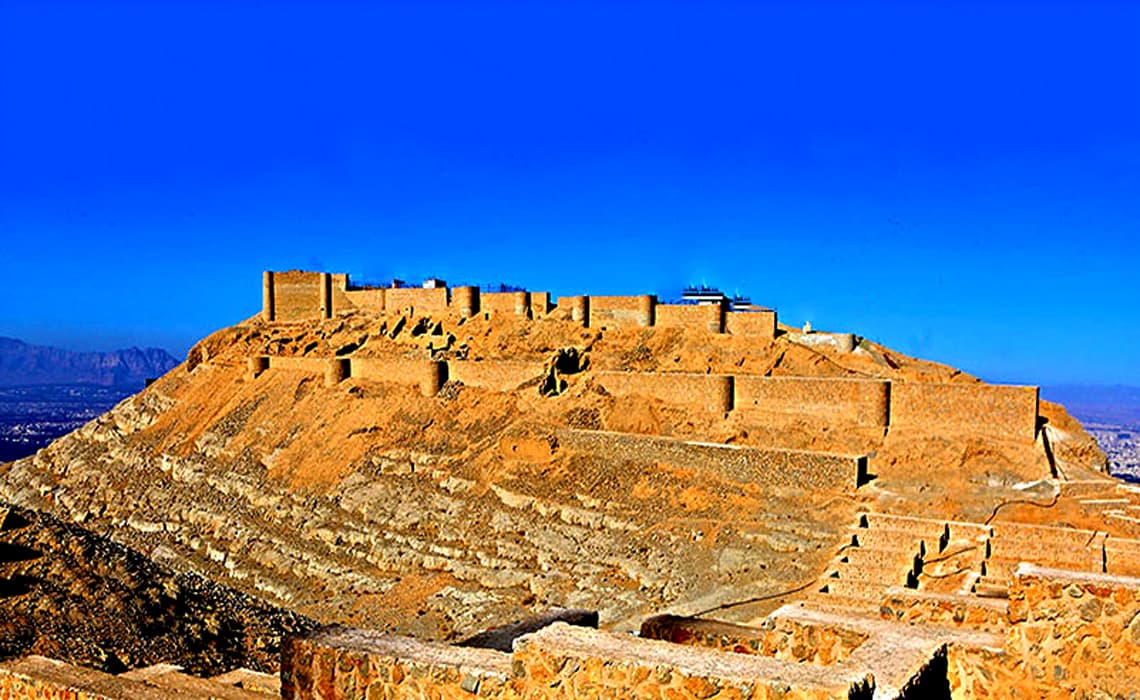If you want to visit a place which has jungle, desert, rivers, mountains and a lot of mysteries; we suggest you book a room in a historic hotel in Iran such as Kianpour house accommodation.
In authoritative historical books related to the Islamic Middle Ages such as "History of Ibn Athir", "History of Ravand" and "History of Jahangshahi Jovini", detailed descriptions of the struggles of the Seljuk government, who were Sunni and supporters of the Baghdad caliphs It is related to the mountain of Safa and its castle. With the establishment of the Seljuk government in Iran, the city of Isfahan developed as the main base of the day and at the same time was at the center of political and military conflict, including the important events of the Seljuk era that are directly related to the history of the Sofeh mountain. The capture of the Ismaili movement in the Isfahan region and the reconstruction of the "Shah Dez" fortress on Mount Safa and the long war of the Ismailis with the Seljuk government is the story of the Ismaili domination of Mount Safa and their unfortunate end is one of the great events in Iranian history for the region in general. And Mount Safa, in particular.
When the Seljuk king died in 485AH, there was a dispute between his sons, Barkiarq, Mahmud, and Muhammad, over the monarchy, which weakened the Seljuk government. In this situation, one of the Ismaili believers and activists in Isfahan named "Ahmad Ibn Atash" cleverly made a friendship with the commander of Shah Dez fort and captured it and his followers. By strengthening the military fortifications of Mount Safa, they took control of all the surrounding lands and took their ransom. Through this, long years of war, fear, and bloodshed prevailed in the region, and the fort of Shahedz and the Ismaili devotees became widely known. But sometime later, when Sultan Muhammad of Seljuk established his monarchy and power, he decided to suppress the Ismailis. In the year 500 AH, he besieged the whole mountain of Safa and after months of religious and political conflict and clashes, he finally conquered the castle and killed the rest of the inhabitants and warriors of the castle, and took their leaders captive.

Sofeh Mountain in the Safavid era
During the Safavid era, with the choice of Isfahan as the capital of the country and its transformation into an important political, economic and glorious city, its military and defense importance decreased and on the contrary, its architectural, artistic, and cultural role was increased. During this period, some of the scenic spots of Sofeh Mountain were reconstructed and new elevation and access routes were constructed between them and the city. In the time of Shah Suleiman, the Safavid or Shah Safi II, in the place of one of the springs at the foot of Safa Mountain, which is now known as Pachnar spring, a building was built for the courtiers to have fun and walk, which is called Takht-e Soleiman.
Qala Shahudj
Although the story of Shahedz Castle has been told over the centuries and repeatedly in history books until recently no one knew exactly where Shah Dez was located and on top of which of the many mountains around Isfahan. About half a century ago, two scholars from Isfahan, Karo Minasian, and Mohammad Mehriyar, separately and at a short distance from each other, proposed the theory that the famous historical witness is the "Castle of the Demon" of the legends of Mount Safa. All of these are possible to visit by staying at Kianpour traditional hotel in Iran.







